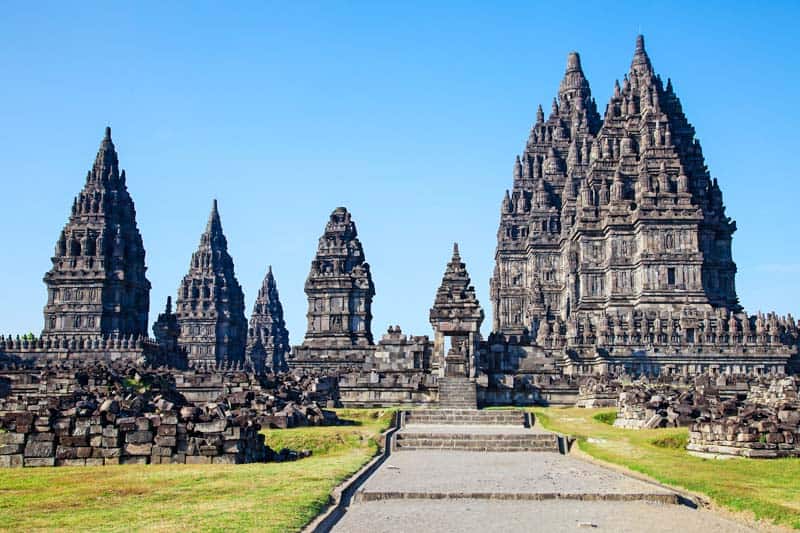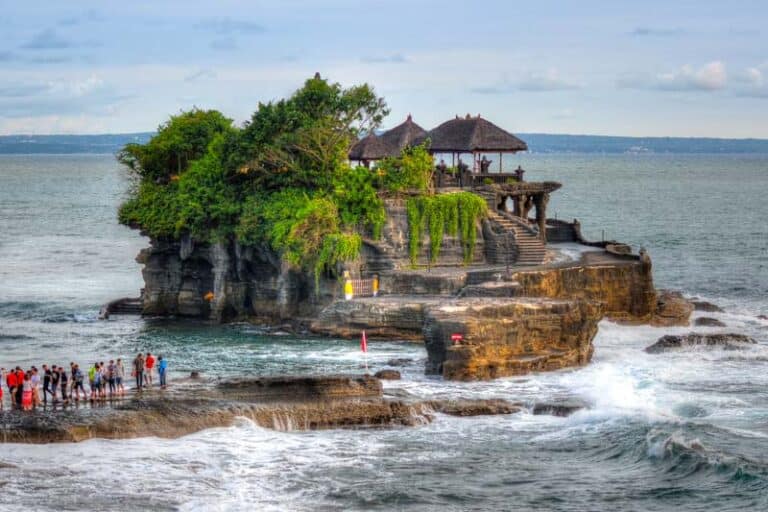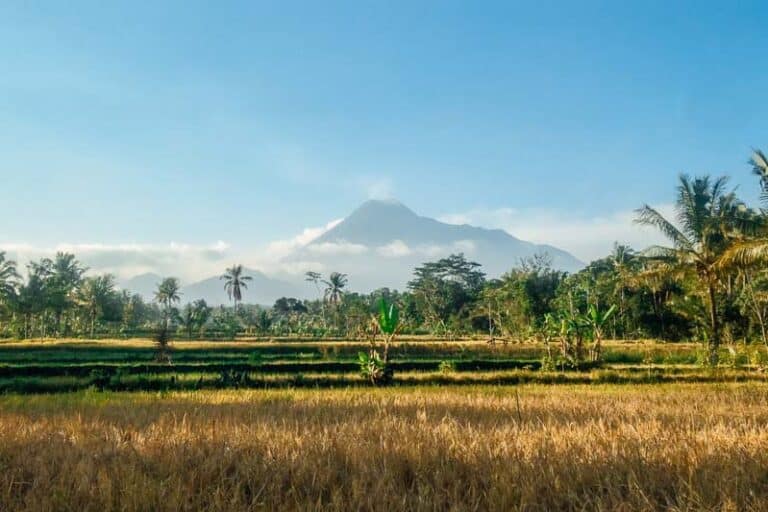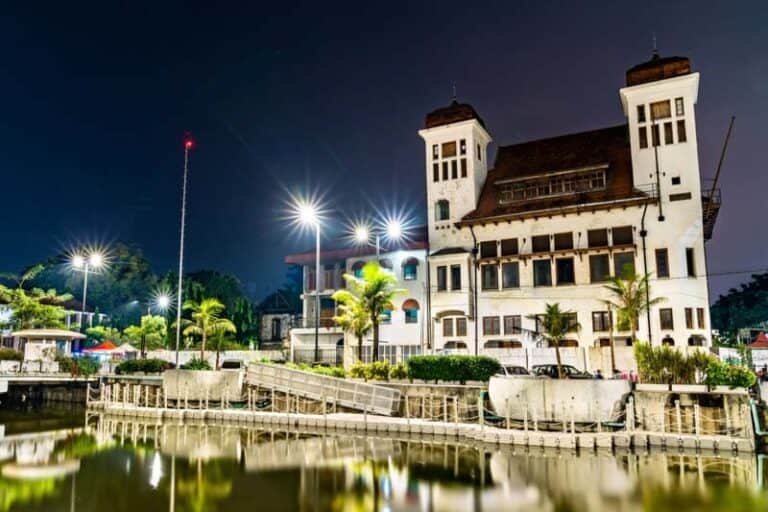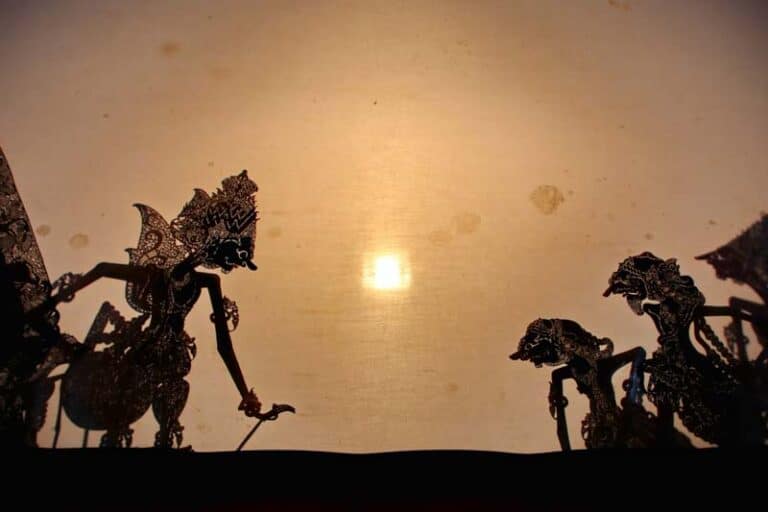There are two famous temples in Indonesia, which are Borobudur and Prambanan, and they both are located in Special Region of Yogyakarta. Although the two were built during the time of the kingdomes, the temples are vastly different in style and philosophy, reflecting the various kingdoms which created them. Here you will find the basic facts about Candi Prambanan, from its origin to the yearly activities done at the temple.
The Relics of Medang Mataram Kingdom
The construction of Candi Prambanan (Prambanan Temple) started in the 800s during the reign of Sri Maharaja Rakai Pikatanm the current ruler of Medang Mataram Kingdom at that time. Nobody knows the reason why he made Candi Prambanan, but researchers suggested that he wanted to rival Borobudur. Many predicted that he tried to slowly shift the influence of Buddhism away, as the main religion of the Mataram Kingdom is Hinduism. The shift from Buddhism to Hinduism is essential, as it represents the diminishing power of the previous kingdom and puts the Mataram Kingdom into the spotlight. Thus, it can be assumed that Candi Prambanan is a representation of a power struggle during that time.
The temple is then abandoned in the 930, possibly due to natural disasters and wars during that time. The temple was later rediscovered by the locals, but they ended up creating the myth of Roro Jonggrang. In 1733, a Dutch researcher discovered the temple.
The real restoration only started in the 1930s. Unfortunately, many stones wents missing, so not a lot of its mini temples were restored (except the main temple, which was completely renovated in 1953). Until now, the government is still doing its best to rebuild the temple, both with old and newly-made stones.
All about Candi Prambanan and its Complex
Although Candi Prambanan might not look as big as Borobudur, the temple is not less complicated than its rival.
Architecture Style
Candi Prambanan is built high and slim, just like a tower, which is the standard style for Hindu temples. Since the temple is for the god Shiva, the person who constructed the plan tried to use as much symbolism as possible. For example, the main temple is supposed to represent Mimic, which is the home of Shiva. The planner also made sure that Hindu’s concept of the universe is represented by the temple’s complex.
Just like Borobudur, Candi Prambanan has three sections of the temples ‒ Bhurloka, Bhuvarloka, and Svarloka. Bhurloka, which is the bottom part of the temple, represents mankind where they are still bound by worldly desires. Since it’s worldly desires, animals and demons are also carved along with mankind.
The middle section, Bhurvaloka, represents minor gods who are striving for the truth. The last part Svarloka, which is the topmost section of the temple, is for the gods (such Shiva). You can see which temple is for which god from the pattern and ornaments placed at the roof of each temple.
Reliefs
Just like Borobudur, Candi Prambanan is decked with narrative carvings. In Candi Prambanan’s case, it is the story of Ramayana and Bhagavata Purana. Similar to the story of Ramayana in India, Prambanan’s Ramayan tells the story of Rama rescuing his wife Sita from Ravana (the demon king of Lanka) with the help of Hanuman (a Hindu god and Rama’s divine vanara companion). To see the carvings of Ramayana, you have to look at the story at the three main temples.
Besides Ramayana, visitors can take a look at the carvings of Lokalapas, which are guardian deities of the directions, at the main temple (Shiva temple). The Brahmins are carved on Brahma temple, while male devatas (minor gods in Hinduism) are engraved on the walls of Shiva’s temple.
The Legend of Roro Jonggrang
Nobody knows the origin of the Roro Jonggrang legend, but it was possibly created when the locals discovered the temple. At that time, the locals had no means to understand the temple. Thus, the legend of Roro Jonggrang was formed.
The legend tells the story of Roro Jonggrang, a princess of a defeated kingdom. She was proposed by the one who beat her father, Bandung Bandawasa. Roro Jonggrang stated that she will only marry him if he can create one thousand temples in one night.
With the help of his spiritual assistants, Bandung Bandawasa constructed the temple quickly. In fear that he would succeed, Roro Jonggrang tricked the chickens to crow before sunrise (along with the “sunray” from lamps). Hearing the rooster, the spirits disappear, leaving Bandung Bandawasa with 999 temples.
When Bandung Bandawasa found out about the tricker, he cursed Roro Jonggrang into a statue. The legend said that the figure of Durga (Hindu goddess of war) in Shiva temple is believed to be Roro Jonggrang.
Activities in Candi Prambanan
As Candi Prambanan is a major tourist spot and a religious center, there are some activities you can do there:
Tawur Kesanga Ceremony
Tawur Kesanga ceremony is performed the day before Nyepi, or Bali’s New Year, based on the Balinese Saka calendar. The celebration starts by taking holy water (Mendak Tirta) from Ratu Boko to Shiva’s temple, Brahma’s, and Vishnu’s temple. After that, the celebrators circle Vishnu’s temple three times clockwise before blessing the water and sprinkling the water to the people.
Ramayana Ballet
Ramayana Ballet is the depiction of Ramayana told through art and dance. The show is commonly performed in the evening at the open space near Prambanan. So when the performers dance, they are accompanied by the moon and the main temples as their backgrounds. If you want to see the performance, it’s best to book beforehand since it’s always crowded.
A Start to Understand Hinduism
Although Candi Prambanan can show the principles of Hinduism through its carvings, it might not be sufficient for those who want to know everything about the said religion. Nevertheless, the temple is a great start to discover the philosophy of Hinduism. You can learn not only Hinduism but also how religion played a pivotal role to show the influence of a kingdom’s power. Besides, you can also get to marvel at the detailed work of the temples.
